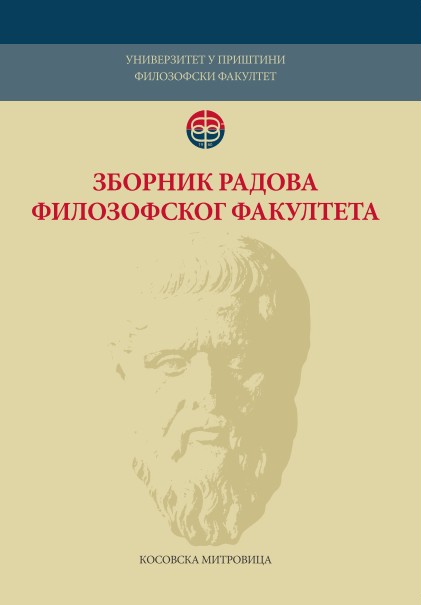Reliability and Validity of Learning Style Inventory for Primary School Students Based on the Myers-Briggs Learning Style Model (ISUMB2-O)
Reliability and Validity of Learning Style Inventory for Primary School Students Based on the Myers-Briggs Learning Style Model (ISUMB2-O)
Author(s): Dušan J. Ranđelović, Miljana PavićevićSubject(s): Social Sciences, Education, Psychology
Published by: Филозофски факултет, Универзитет у Приштини
Keywords: psychometric characteristic; inventory of learning styles; Myers-Briggs model
Summary/Abstract: The goal of this study was to examine reliability and validity of learning styles inventory ISUMB2-O for primary school children. This inventory is based on Myers-Briggs learning style model, and the model itself is based on Jung's personality types. According to this model, the individual's profile is determined based on four pairs of opposite preferences: extraversion/ introversion, sensing/intuition, thinking/feeling, and judgement/perception. Reliability data (in a sample of 100 students of the 4th grade of primary school in Nis) obtained, both for individual dimensions (expressed by the Cronbach's alpha coefficient) and based on item analysis, indicate that this is a stable instrument. Three out of four dimensions have the reliability over 0.93 expressed by the Cronbach's alpha. Validity was verified in two ways: a) Construct validity was checked by using factor analysis in order to check the factor structure of the instrument, and b) external validity was checked by using the degree of correlation of values obtained based on the dimensions of learning styles with the instrument ISUMB2-O and on the teachers' assessment of individual poles of the examined dimensions of learning styles in their students based on the descriptions they received. The four-factor solution is the optimal and best possible one for the given instrument and it can explain 57% of the total variance. There is a statistically significant positive correlation between the results for the dimensions of the inventory of learning styles and teachers' assessment of individual poles of the examined dimensions of learning styles in their students based on the descriptions they received. This correlation value is high in the case of dimensions E-I, S-N and J-P, and of medium intensity when it comes to the dimension F-T. No differences in learning styles were observed from gender standpoint, while the dimensions sensing-intuition and judgment-perception were found to be related to school achievement. The conclusion is that the instrument showed good psychometric characteristics, primarily from the aspect of extremely high reliability, high values for item-total correlation, satisfactory validity construct, and also due to adequate external validity, which indicate that the instrument measures the characteristics for which was originally intended. Limitations of the research were also highlighted, especially those related to the sample size.
Journal: Зборник радова Филозофског факултета у Приштини
- Issue Year: 50/2020
- Issue No: 3
- Page Range: 69-98
- Page Count: 30
- Language: English

